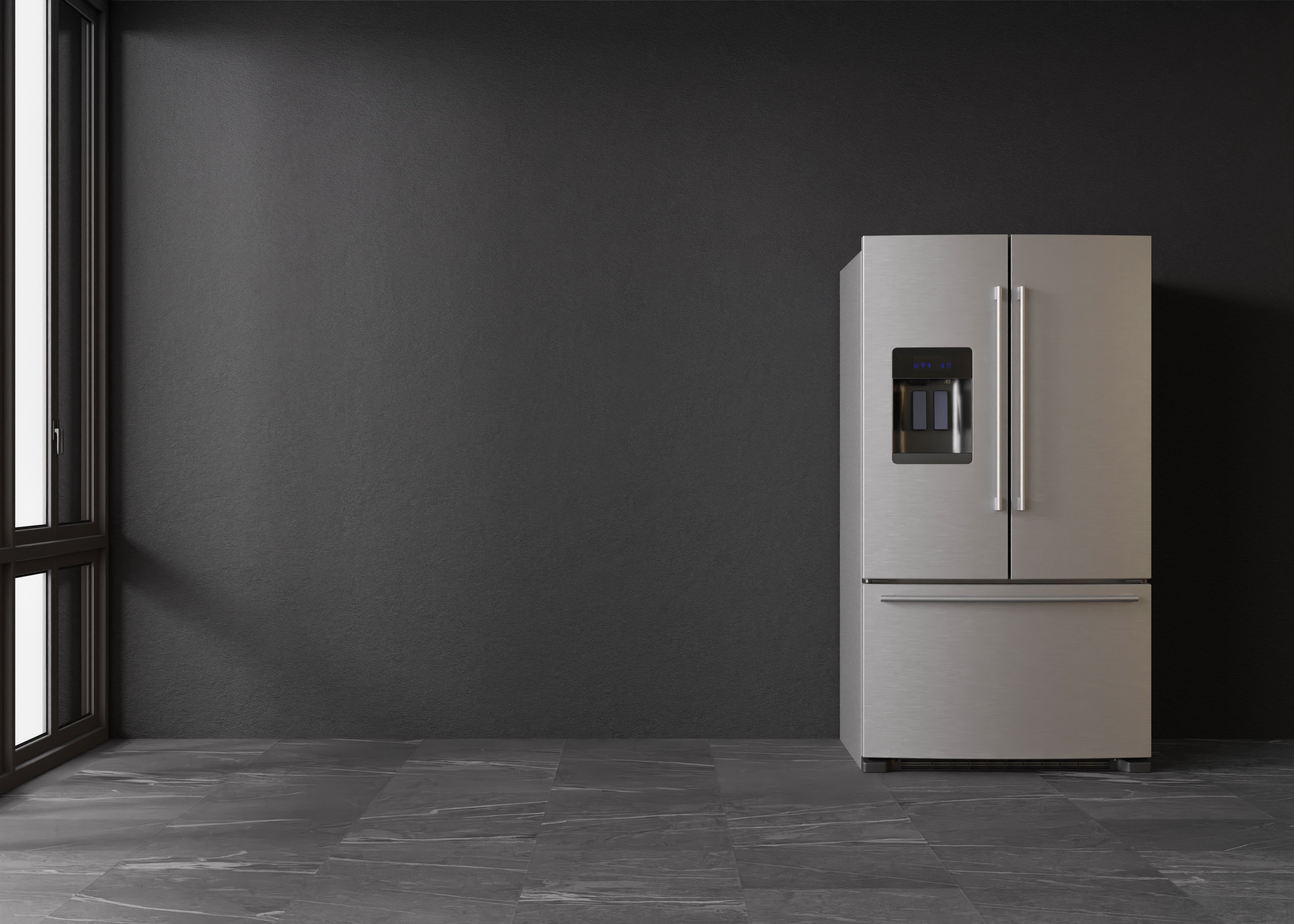The Comprehensive Guide to Refrigerators in the UK
Refrigerators are an essential device in every home, serving an essential function in food preservation and security. The UK market uses a diverse series of fridge types, sizes, functions, and brands. This article aims to offer a thorough understanding of refrigerators available in the UK, including their functions, energy efficiency, and factors to consider when making a purchase.
Types of Refrigerators Available in the UK
When trying to find a refrigerator, it is very important to understand the numerous types readily available. Each type comes with its own set of functions and functions, dealing with various requirements and choices. The most typical kinds of fridges discovered in the UK include:
1. Top Freezer Refrigerators
- Description: The conventional design, featuring the freezer compartment on top.
- Pros: More budget friendly, large, simple access to fresh food.
- Cons: Limited freezer space, the top may be less practical for bulk products.
2. Bottom Freezer Refrigerators
- Description: Freezer is situated at the bottom, enabling much easier access to fresh food.
- Pros: Greater convenience, better exposure of fresh items.
- Cons: Usually more expensive, some may deal with big frozen items.
3. Side-by-Side Refrigerators
- Description: Features 2 vertical compartments, one for the fridge and one for the freezer.
- Pros: Ample storage area, simple to access both frozen and fresh foods.
- Cons: Wider footprint, they may not fit in smaller kitchen areas.
4. French Door Refrigerators
- Description: Combines features of bottom freezers and side-by-sides, with 2 doors for the fridge on top.
- Pros: Stylish design, spacious, and often consists of advanced features.
- Cons: Higher price point, aligns badly with smaller sized cooking area layouts.
5. Compact Refrigerators
- Description: Smaller models created for minimal spaces.
- Pros: Ideal for studio apartments or workplaces, energy-efficient.
- Cons: Limited storage capability, might do not have functions.
6. Integrated Refrigerators
- Description: Designed to blend perfectly with kitchen area cabinets.
- Pros: Custom fit, aesthetic appeal, increases home value.
- Cons: Higher cost, might offer less versatility in positioning.
7. Smart Refrigerators
- Description: Equipped with Wi-Fi and clever technology functions.
- Pros: Advanced includes like touch screens and internal video cameras.
- Cons: Expensive, more complicated to repair.
| Refrigerator Type | Availability | Average Price Range | Energy Efficiency |
|---|---|---|---|
| Top Freezer | Moderate | ₤ 300 - ₤ 600 | Average |
| Bottom Freezer | High | ₤ 400 - ₤ 800 | Above Average |
| Side-by-Side | Easy | ₤ 800 - ₤ 1500 | Varies |
| French Door | High | ₤ 800 - ₤ 2000 | High |
| Compact | Restricted | ₤ 200 - ₤ 500 | Average |
| Integrated | Custom | ₤ 1000 - ₤ 2500 | High |
| Smart | Variable | ₤ 1200+ | High |
Key Features to Consider
- Energy Efficiency: Look for designs that are energy-efficient. In Online Fridges , appliances are rated from A (most effective) to G (least efficient). An A+ ranking and above can lead to significant energy savings.
- Capability: Choose a fridge with sufficient capacity for your home. A standard guideline is 100-200 liters per individual.
- Sound Level: Consider models that run quietly, specifically if the kitchen is near living spaces.
- Cooling Technology: Features like frost-free innovation are worth the financial investment, as they reduce upkeep.
- Adjustable Shelves: Having adjustable racks enhances the flexibility to store larger products.
- Temperature Control: Check for user friendly temperature level controls and zones for different types of food.
- Style: Choose the design and color that matches your kitchen area aesthetic, whether you choose a contemporary stainless-steel look or a classic retro finish.
Purchasing Tips
- Identify Your Needs: Consider your cooking practices, family size, and kitchen space.
- Set a Budget: Refrigerators been available in numerous rate varieties. Develop a budget before you begin shopping.
- Research Energy Ratings: Invest in energy-efficient designs to conserve on energy expenses.
- Read Reviews: User experiences can supply insights into dependability and efficiency.
- Compare Brands: Some brands are understood for their sturdiness while others might provide more ingenious features.
Frequently Asked Questions (FAQs)
1. How long do fridges usually last?
- Refrigerators typically last in between 10 to 20 years, depending on the brand and how well they are preserved.
2. Exist any upkeep ideas for lengthening the life of a refrigerator?
- Frequently clean the coils, examine the door seals, and occasionally defrost if necessary to preserve optimal efficiency.
3. What is the very best size refrigerator for a family of four?
- For a household of four, a refrigerator with a capability of around 400-600 liters is generally enough.
4. Do I need to fret about energy consumption when buying a refrigerator?
- Yes, energy consumption is necessary. Look for systems with high energy efficiency rankings to reduce regular monthly expenses.
5. Should I choose a fridge with a water and ice dispenser?
- This function can be convenient, especially for households. Nevertheless, it might require more upkeep than standard designs.
Buying a refrigerator is a significant decision for any home in the UK. With numerous types offered, each with its distinct features and benefits, it is crucial to examine individual requirements before deciding. By considering elements such as energy efficiency, capability, and design visual appeals, customers can pick a fridge that lines up well with their lifestyle, eventually boosting their kitchen area experience while protecting food quality and freshness.

